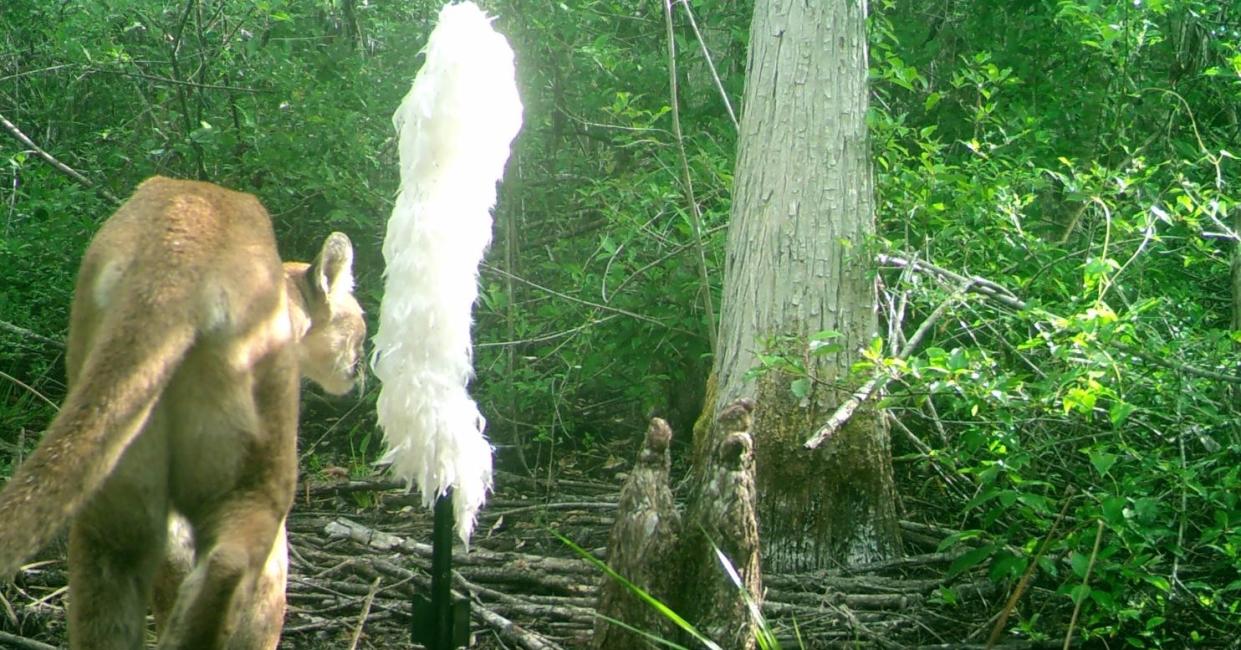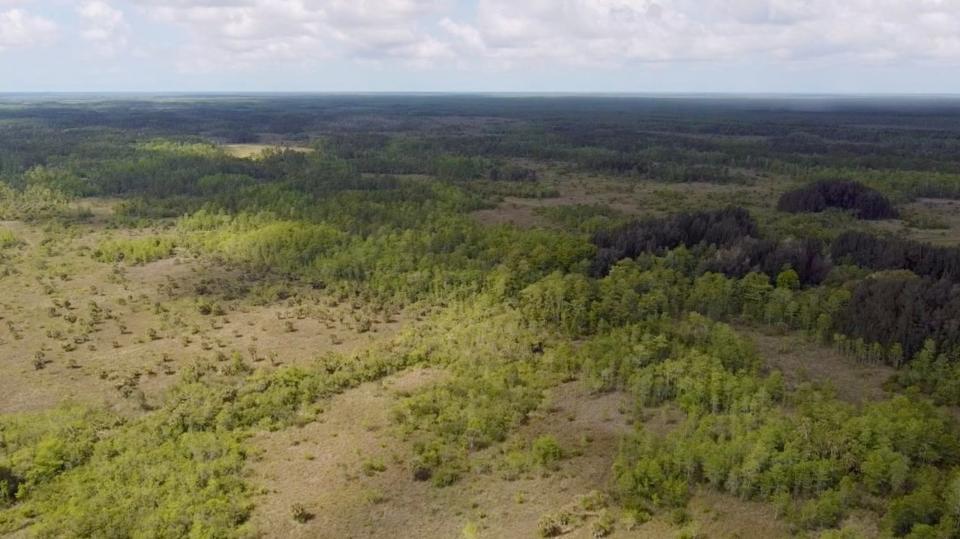No more threat of oil drilling on this 10,000-acre preserve near Everglades City

A first-of-its kind sale in the Everglades has preserved more than 11,000 wild acres while protecting it from oil drilling forever.
The intricate $29.5 million deal brought together the Collier family, the nonprofit WildLandscapes International, an environmental consulting firm, Family Lands Remembered, the Florida Legislature and the South Florida Water Management District as well as stakeholders throughout the region.
Dubbed the Green Heart of the Everglades, the Collier County property is west of State Road 29 and south of U.S. 41 running south to Everglades City between Fakahatchee Strand Preserve State Park, Big Cypress National Preserve, and Everglades National Park.
More than a quarter of the land is mangrove habitat, critical for water quality and storm protection, while the uplands are home to black bears, Florida panthers, and 37 other federally listed species in the region. The land is also important for the humans who make their living with airboat tours, guiding paddlecraft, crabbing and fishing, activities that will continue now that it's in conservation.
Surrounded as it by preserves, having this piece click into place was exciting, says Patrick Iler, director of strategy and policy for Family Lands Remembered, because it's a critical connector.
A missing piece connecting wild lands
“If you look on a map of protected land in south Florida, “This piece was missing. Everything around it is green, which means it’s protected, and then this piece is white … that last missing piece,” he said.

The project brings full circle what began half a century ago with the creation of the Big Cypress preserve, says Curtis Osceola, the Miccosukee Tribe of Florida’s chief of staff. “This is a significant step in the right direction because it is the first time the Collier family has sold their oil rights along with the land. I think it's very important and timely, considering how we are currently fighting efforts to build new oil wells in the Big Cypress. It’s an ongoing battle that has spanned three generations, but from the Tribe's perspective, this is a promising first step. Stay tuned.”
Osceola’s eluding to ongoing efforts to get those rights to protect sensitive lands from exploration and drilling. Mineral rights can be sold separately (or retained) when an actual piece of land sells, an arrangement that’s caused no end of alarm in the environmental community.
The Collier family, from which the county gets its name and once the area’s principal landowner, kept mineral rights on much of the land it sold, which allows it to extract oil from that land, even though it no longer owns it. That’s why there’s oil exploration and wells on land generally thought of as panther and ghost orchid country. Meanwhile, environmentalists scramble to find ways to make sure the extraction does as little damage as possible or to buy the mineral rights and eliminate the threat outright.
That’s what WildLandscapes was working on: option agreements with two other parcels owned by Collier family companies, when these 11,053 came to their attention, Iler said. “Through the course of our discussions, they said, ‘Well we also have this wetland property that we’d like to conserve,’ So we took a look.”
What they saw was wonderful – “just gorgeous” is how Matt Schwartz, executive director of South Florida Wildlands Association describes it: “a really beautiful, biodiverse place.”
What it took to get the deal done
Fast-forward through more than two years of wrangling and deal-making, and that gorgeous place is now protected, Iler said, thanks to an option agreement of around a thousand dollars, "a small amount of money compared to the overall value.”
That agreement held things in place while the government did its lengthy due-diligence process, says David Houghton, executive director of WildLandscapes International, while Family Lands Remembered worked on the mechanics of the deal.
“Our job is to negotiate the option agreement, a legal agreement that does not obligate the buyer to buy but obligates the seller to sell,” Houghton said. “That allows the government to do its thing, then we drop the option agreement at the very end of the state process”
That’s when, spearheaded by Naples Sen. Kathleen Passidomo, the state made an appropriation to buy the land.
“This project was a huge undertaking and would not have been possible without an incredible effort by (district) staff and approval by the governing board,” Family Lands Remembered's President, Ernie Cox, said in a release. “The importance of protecting the Green Heart of the Everglades project cannot be understated.”
Houghton calls it a “gigantic step in the protection of federally-listed species, mainly because the breadth of these lands and interests are critically important habitat for panthers …It’s a big chunk of critical habitat that also happens to be critical to the airboat tour industry in Everglades City, he says. “I got to know these folks well during the project, and I can’t thank them enough for all their help.”
This article originally appeared on Fort Myers News-Press: More than 10,000 acres protected in Everglades City-area land buy

